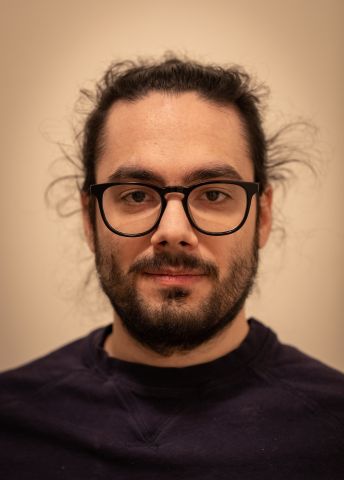
Program for mathematics 2021
Grant to a post-doctoral position abroad
Johan Asplund
Uppsala University
Postdoc at Colombia University, USA
Grant to a post-doctoral position abroad
Johan Asplund
Uppsala University
Postdoc at Colombia University, USA
Modern physics inspires new geometry
Johan Asplund will receive his doctoral degree in mathematics from Uppsala University in 2021. Thanks to a grant from Knut and Alice Wallenberg Foundation, he will hold a postdoctoral position with Professor Mohammed Abouzaid at Columbia University in New York, USA.
Johan Asplund’s research focuses on symplectic geometry, which is an area rooted in the classical mechanics of the nineteenth century. It originates in methods for describing and understanding motion in terms of geometry, instead of the often-complicated calculations that use Newton’s differential equations. A moving object has at each moment in time position and momentum, the variations of these physical quantities together form an area, the symplectic area, which is one of the fundamental structures of symplectic geometry that is preserved under time evolution.
A century later, the symplectic area has also received a quantum physics interpretation in the Heisenberg uncertainty principle, which states that it is not possible to simultaneously exactly determine a particle’s position and momentum. Symplectic area thus becomes a measurement of the two intertwined quantities of position and momentum, natural in two-dimensional geometry. However, this can be generalized to geometries in four, six or any even-numbered dimensions which, in recent decades, has become an interesting object of study for mathematicians and physicists. In particular, developments in quantum field theory and string theories in modern physics are reasons for the renewed interest in symplectic geometry.
Closely related to symplectic geometry is contact geometry which examines spaces with an odd number of dimensions. The interplay between these two geometries, operations in and between different geometric spaces, and the connections between them have become an inexhaustible source of new problems at the very center of symplectic geometry and provides the framework for the planned study.
Photo Gustav Hammarhjelm